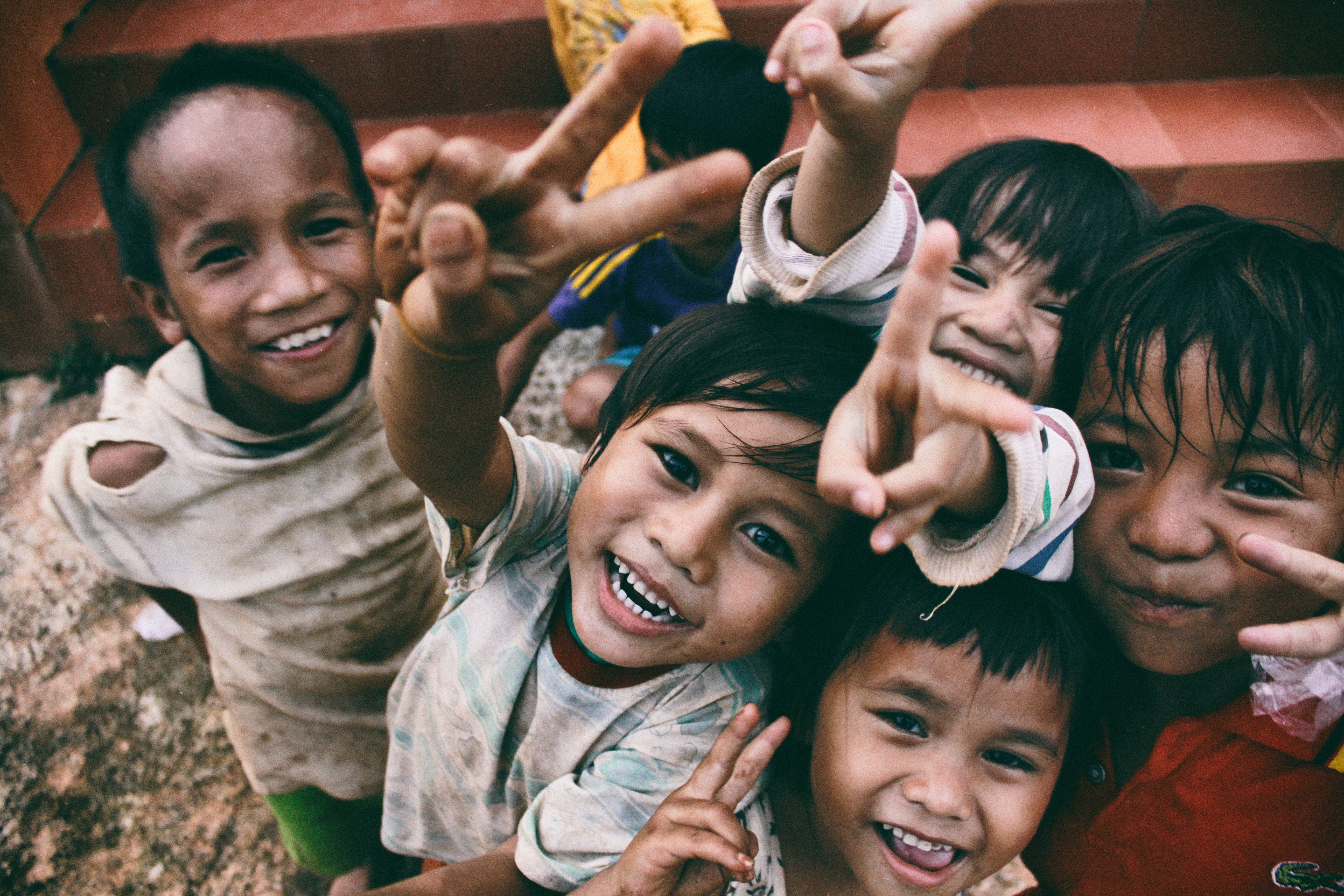International Literacy Day 2026: SDGs and the Promise of Education
Literacy is more than just reading and writing it's a ticket to freedom, a voice in the community, and a bridge to opportunity. On International Literacy Day 2026, people gather to celebrate and reflect on these principles, and how they play a pivotal role in achieving the Sustainable Development Goals (SDGs).
The Significance of International Literacy Day
World Tourism Day 2025
World Tourism Day 2025 beckons! As we stand on the brink of another celebration of the myriad wonders of global travel, it's crucial to recognise the significant role of SDGs (Sustainable Development Goals).
Since its inception, World Tourism Day has been an emblematic moment for travel enthusiasts. But this World Tourism Day 2025 isn't just another tick on the calendar. It represents an alignment of the global journey with SDGs.
The Importance of SDGS
World Teachers’ Day 2025: Empowering the Architects of Future
In the tapestry of life, few threads shine as brilliantly as those of educators. When one mentions World Teachers’ Day 2024, a wave of respect and gratitude fills the air. After all, each year, this day underscores the critical role teachers play in society.
World Teachers’ Day 2025 is not just another annual event. It's a global nod of appreciation, a symphony of claps, and a celebration for those who dedicate their lives to the noble cause of education.
World Diabetes Day 2025: Empowering Global Health
Diabetes remains a pivotal global health challenge, but once a year, the world unites in a singular mission – raising awareness and fostering change. This unity finds its voice in World Diabetes Day 2025.
Diabetes, a non-communicable disease, affects millions across the globe. Yet, not all are aware of its repercussions or preventive measures. World Diabetes Day 2025 provides a platform for everyone – from medical professionals to the general public – to learn, share, and act.
World Toilet Day 2025: Making Every Flush Count for Sustainable Development
On World Toilet Day 2025, which falls on 19 November, SDG Resources aims to cast a spotlight on an issue that many often overlook – sanitation. As odd as it might sound to some, toilets are more than just a basic amenity; they're a symbol of a society's progress and commitment to ensuring the well-being of its inhabitants.
A Brief Introduction to World Toilet Day 2025
World Children's Day 2025: An Ode to Child Empowerment and Sustainable Goals
World Children's Day, observed every November 20th, represents a solemn reminder and celebration of the rights of children worldwide. In World Children's Day 2025, there's a unique alignment with the Sustainable Development Goals (SDGs) to create an environment where every child can thrive.
A Brief Introduction to World Children's Day






